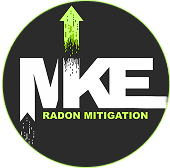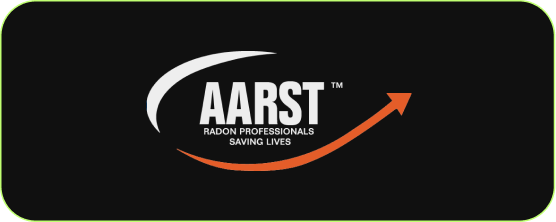



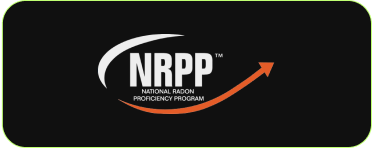





Why Radon Mitigation Matters in Wisconsin?
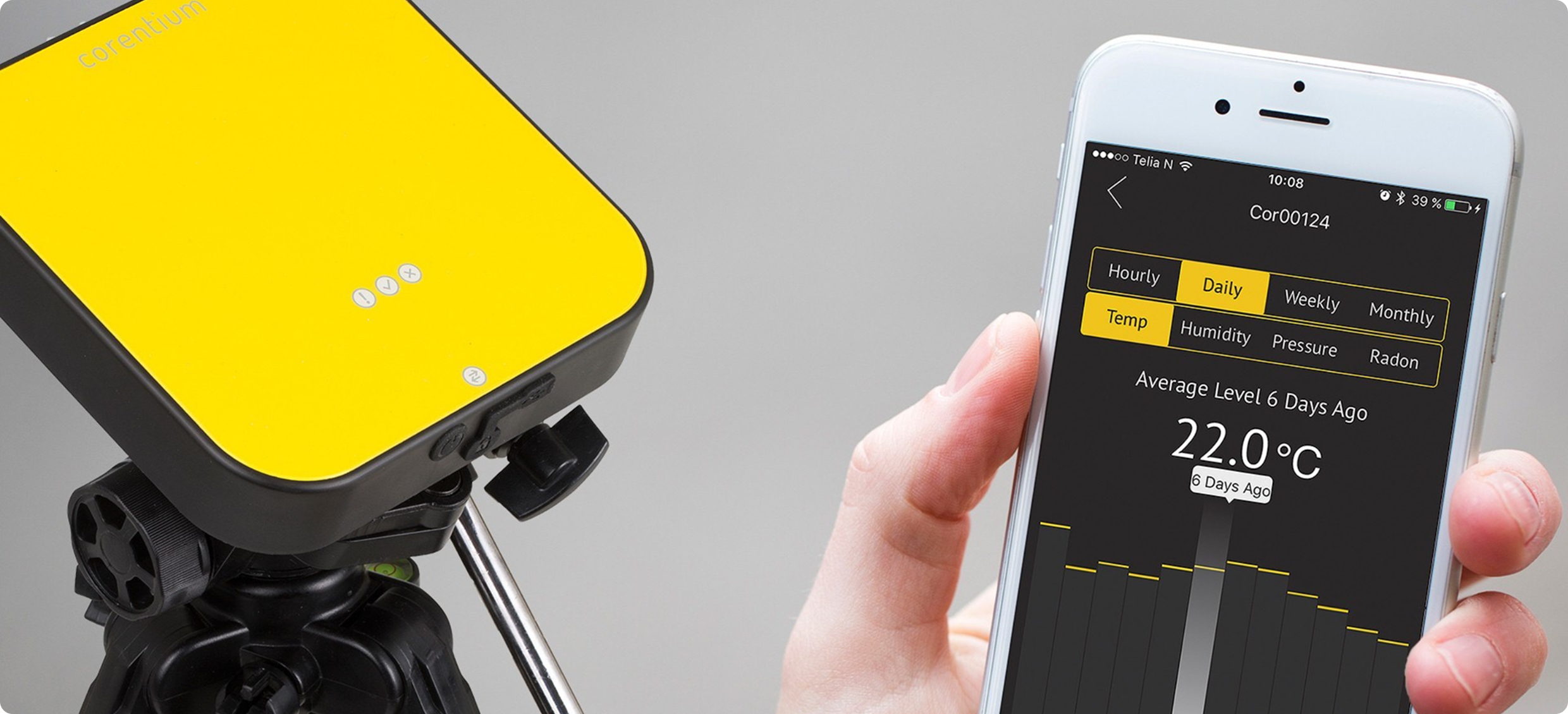
Our Radon Mitigation Services
Residential Radon Mitigation Systems
Commercial Radon Mitigation Services
Radon System Install & Design for New Construction (RRNC)
Radon System Repairs and Upgrades
Radon Fan Replacements
Residential Radon Mitigation Systems
Commercial Radon Mitigation Services
Radon System Install & Design for New Construction (RRNC)
Radon System Repairs and Upgrades
Radon Fan Replacements
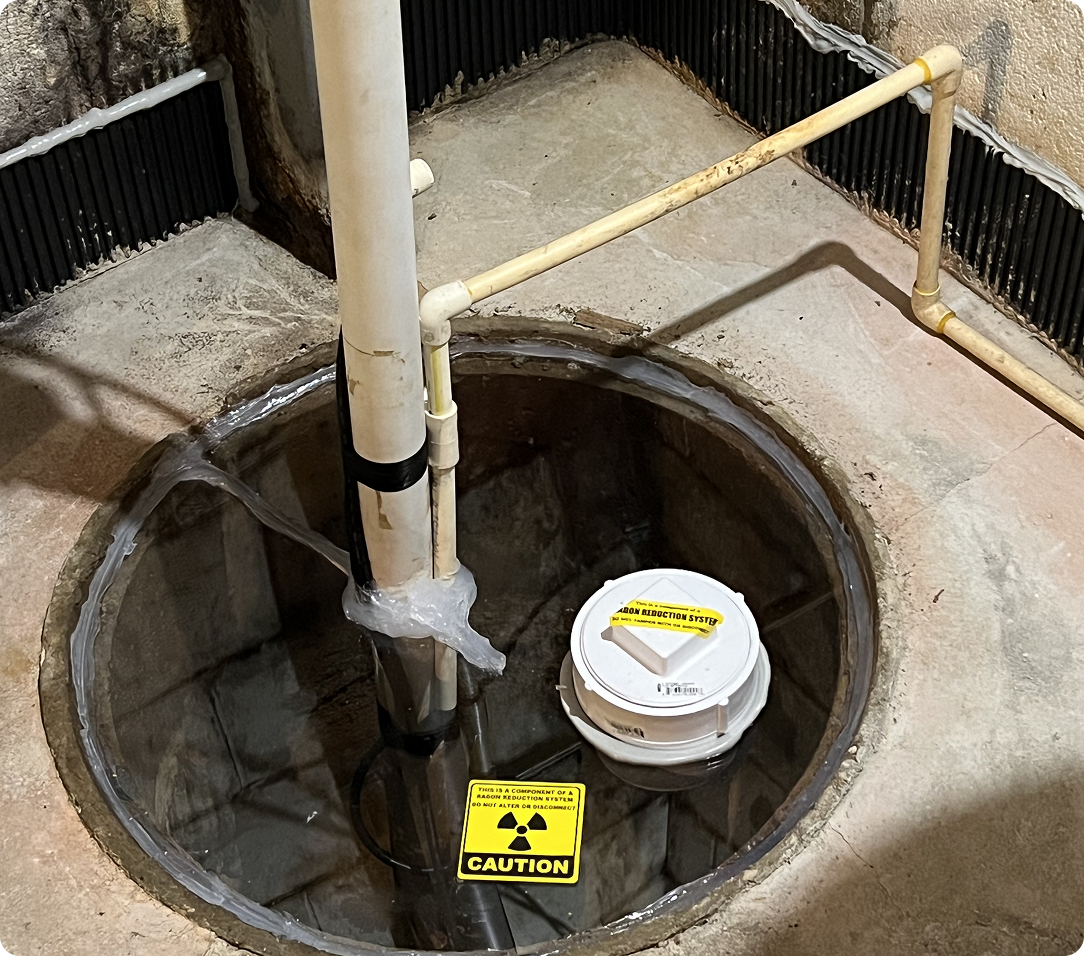
Our Proven Process
- Free Consultation: We assess your home’s structure and radon levels.
- Professional Testing: Short-term or long-term testing options.
- Custom System Design: Tailored to your home’s layout for maximum efficiency.
- Expert Installation: Clean, fast, and minimally invasive work.
- Post-Mitigation Testing: Confirm your radon levels are reduced to safe levels.
Why Choose MKE Radon Mitigation?
- Locally Owned & Operated
- Certified Radon Professionals (NRPP/NRSB)
- Lifetime Workmanship Warranties
- Custom, Discreet Installations
- Thousands of Successful Projects Across South-eastern Wisconsin
When you hire MKE Radon Mitigation, you’re choosing trusted experts who understand local soil conditions, housing styles, and radon risk levels.
Areas We Serve
Proudly serving all of:
Milwaukee County: Milwaukee, West Allis, Franklin, Greenfield, South Milwaukee
Waukesha County: Waukesha, Brookfield, Pewaukee, New Berlin, Muskego
Washington County: West Bend, Germantown, Hartford, Slinger
Ozaukee County: Mequon, Grafton, Cedarburg, Port Washington
Racine County: Racine, Mount Pleasant, Burlington, Caledonia
Residential Radon Testing in Greater Milwaukee, WI
At MKE Radon, we provide simple, accurate, and stress-free radon testing for homeowners across Southeastern Wisconsin. Our services include Professional Digital Radon Testing for fast, detailed results in 48 hours, DIY 3rd-Party Lab Test Kits for affordable short-term testing, and Long-Term Radon Testing (90 days to a year) for a comprehensive assessment. We also offer Radon in Water Testing for homes with private wells or certain municipal sources. Schedule your radon test today and ensure your home’s air is safe!
We proudly serve the following counties:
- Milwaukee County
- Waukesha County
- Washington County
- Ozaukee County
- Racine County
- Kenosha County
- Walworth County
- Jefferson County
Commercial Radon Testing In Greater Milwaukee, WI
At MKE Radon, we provide simple, accurate, and stress-free radon testing for homeowners across Southeastern Wisconsin. Our services include Professional Digital Radon Testing for fast, detailed results in 48 hours, DIY 3rd-Party Lab Test Kits for affordable short-term testing, and Long-Term Radon Testing (90 days to a year) for a comprehensive assessment. We also offer Radon in Water Testing for homes with private wells or certain municipal sources. Schedule your radon test today and ensure your home’s air is safe!
We proudly serve the following counties:
- Milwaukee County
- Waukesha County
- Washington County
- Ozaukee County
- Racine County
- Kenosha County
- Walworth County
- Jefferson County
Daycare Radon Testing in Wisconsin
At MKE Radon, we provide simple, accurate, and stress-free radon testing for homeowners across Southeastern Wisconsin. Our services include Professional Digital Radon Testing for fast, detailed results in 48 hours, DIY 3rd-Party Lab Test Kits for affordable short-term testing, and Long-Term Radon Testing (90 days to a year) for a comprehensive assessment. We also offer Radon in Water Testing for homes with private wells or certain municipal sources. Schedule your radon test today and ensure your home’s air is safe!
We proudly serve the following counties:
- Milwaukee County
- Waukesha County
- Washington County
- Ozaukee County
- Racine County
- Kenosha County
- Walworth County
- Jefferson County
A HighRadon Reading is No Reason to Panic

Is Your Living Space Safe from Radon Exposure?

Reduce Your Radon Levels
Reducing radon levels in your home is crucial for safeguarding your family’s health. Milwaukee Radon Home offers expert solutions to effectively lower radon concentrations and create a safe indoor environment. By implementing customized radon mitigation systems tailored to your home’s specific needs, they can significantly reduce radon levels and minimize health risks associated with prolonged exposure to this harmful gas.
Through a combination of advanced technologies and proven mitigation techniques, Milwaukee Radon Home ensures that your indoor air quality meets safety standards. By taking proactive steps to reduce radon levels, you prioritize the well-being of your household and create a healthier living space free from the dangers of radon exposure.
Active and Passive Radon Systems
Active and passive radon mitigation systems are effective solutions for reducing radon levels in homes.
Active systems utilize fans or blowers to actively draw radon gas from beneath the foundation and vent it outside, effectively reducing indoor concentrations. These systems are particularly useful in homes with high radon levels or specific construction features that require enhanced ventilation.
Passive systems, on the other hand, rely on natural airflow and pressure differentials to vent radon gas passively. While they do not use fans, passive systems can still effectively reduce radon levels when properly installed.
Both active and passive systems offer reliable ways to mitigate radon and create a safer indoor environment for you and your family.
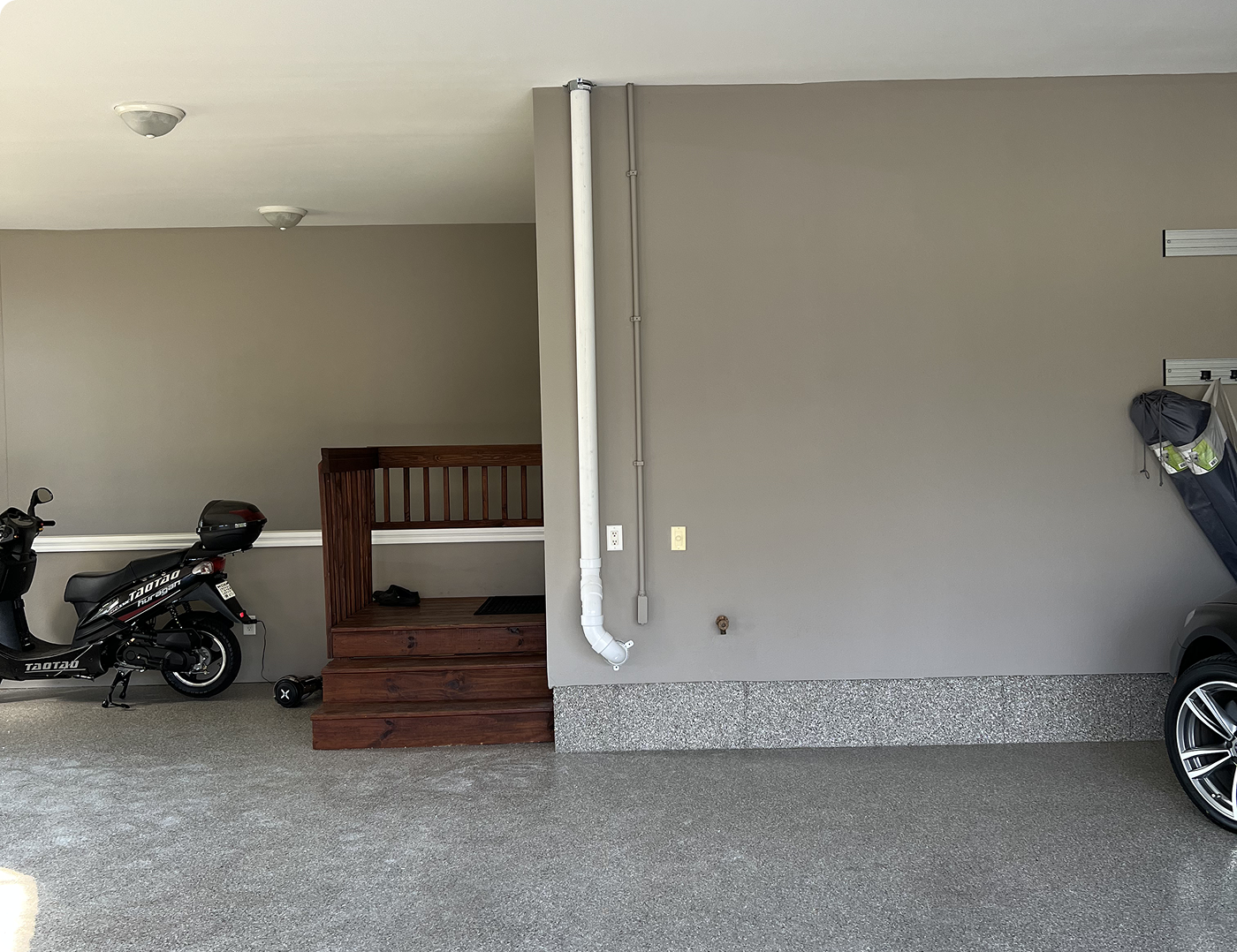
Our Radon Services
Radon Testing
At MKE Radon, we offer the most advanced, digital radon testing technology available. All of our digital testing monitors are professionally calibrated annually.
Radon Mitigation
At MKE Radon, all of our radon mitigation system installations are custom designed and built for your specific home or property. Many radon companies in Milwaukee train
Radon Resistant New Construction
MKE Radon offers new construction radon mitigation and radon testing services to builders and homeowners alike. At MKE, we
Radon System Repair & Fan Replacement
At MKE Radon, we spend a good amount of time repairing old, outdated systems, fixing code compliant issues with existing
Radon System Inspection
Radon mitigation in Wisconsin is an interesting conversation because there is little to no state or municipal oversight or standards/code enforcement. In fact, we
Vapor Intrusion
Vapor intrusion mitigation is the concept of installing a sub-slab depressurization or active soil depressurization systems to effectively mitigate volatile organic
Radon Testing
At MKE Radon, we offer the most advanced, digital radon testing technology available. All of our digital testing monitors are professionally calibrated annually.
Radon Mitigation
At MKE Radon, all of our radon mitigation system installations are custom designed and built for your specific home or property. Many radon companies in Milwaukee train
Radon Resistant New Construction
MKE Radon offers new construction radon mitigation and radon testing services to builders and homeowners alike. At MKE, we
Radon System Repair & Fan Replacement
At MKE Radon, we spend a good amount of time repairing old, outdated systems, fixing code compliant issues with existing
Radon System Inspection
Radon mitigation in Wisconsin is an interesting conversation because there is little to no state or municipal oversight or standards/code enforcement. In fact, we
Vapor Intrusion
Vapor intrusion mitigation is the concept of installing a sub-slab depressurization or active soil depressurization systems to effectively mitigate volatile organic
Frequently Asked Questions
Question 1
What is radon, and why is it a concern?
Question 2
How do I know if my home has high radon levels?
Question 3
What is the recommended action level for radon, and when should I consider mitigation?
Question 4
What are common methods used for radon mitigation?
Question 5
How much does it cost to install a radon mitigation system, and are there additional benefits?
Radon won't wait, why should you?
414-455-7279
milwaukeeradon@gmail.com
6301 West National Avenue West Allis, WI 53214
